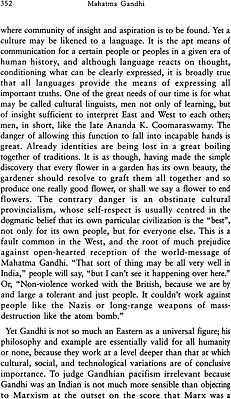

Although little mental energy is exerted by using System 1, a great deal of cerebral horsepower is required to use System 2. System 2, on the other hand, is the slower, methodical decision-making process in our brains that keeps our hasty System 1 process in check. Our System 1 hunches are often correct, but because of speedy, inherent biases and periodic errors this process can cause us to miss an off-ramp or even cause a conclusion collision. System 1 thinking is our intuition in the fast lane, continually making judgments in real-time. Much of Kahneman’s big ideas are analyzed through the lenses of “System 1” and “System 2” – the fast and slow decision-making processes persistently used by our brains. Decision making works in much the same way, and Daniel Kahneman, a Nobel Prize winner, has encapsulated his decades of research in psychology and economics in his most recent book, Thinking, Fast and Slow. Ultimately, the specific environment and situation will dictate the rational and prudent driving speed. However, driving 65 mph through the shopping mall parking lot could get you killed, so slower driving is preferred in this instance. In the vast majority of cases, racing to your destination at these faster speeds makes perfect sense.

The anchoring effect gandhi question drivers#
Many drivers here in California adhere to the common freeway speed limit of 65 miles per hour, while some do not (I’ll take the 5 th). Decision Making On Freeways And In Parking Lots by Wade W.


 0 kommentar(er)
0 kommentar(er)
